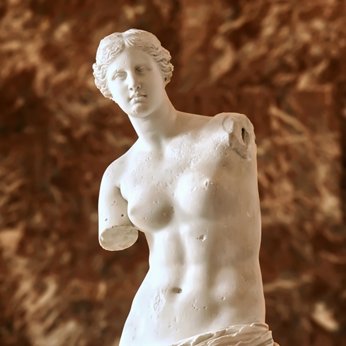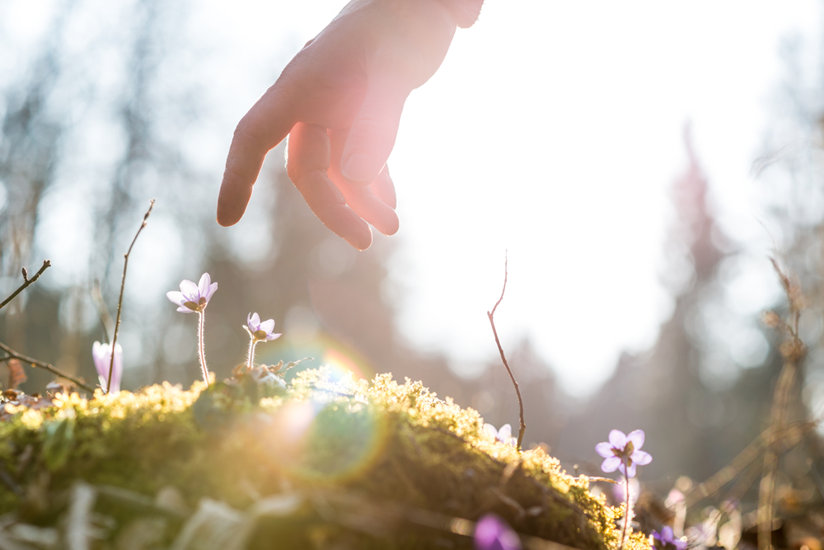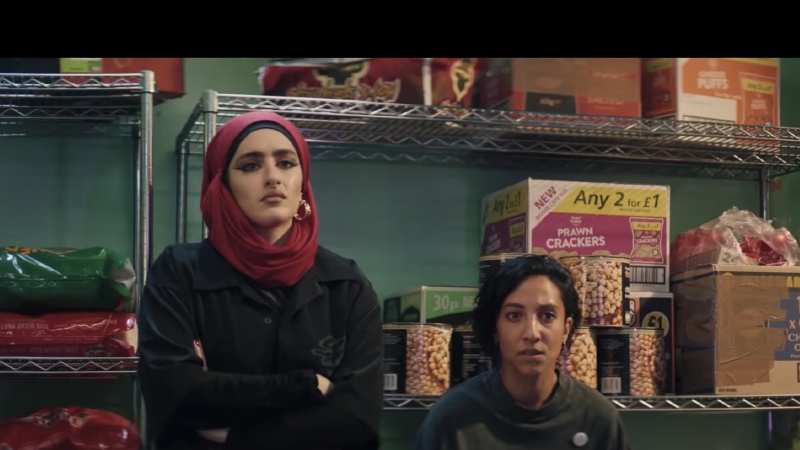
-
HOME
-
WHAT IS STANDOur Mission Our Values Our Help Contact
-
WHAT WE FIGHT FORReligious Freedom Religious Literacy Equality & Human Rights Inclusion & Respect Free Speech Responsible Journalism Corporate Accountability
-
RESOURCESExpert Studies Landmark Decisions White Papers FAQs David Miscavige Religious Freedom Resource Center Freedom of Religion & Human Rights Topic Index Priest-Penitent Privilege Islamophobia
-
HATE MONITORBiased Media Propagandists Hatemongers False Experts Hate Monitor Blog
-
NEWSROOMNews Media Watch Videos Blog
-
TAKE ACTIONCombat Hate & Discrimination Champion Freedom of Religion Demand Accountability
What’s Divine About You
When my daughter was seven years old, I took her to the Louvre in Paris. Just like any big museum, this French colossus is so vast that if you’re not careful, you can quickly become overwhelmed by the sheer volume and monumental aspect of the exhibits. I was almost ready to call it a day when, all of a sudden, we turned a corner and found ourselves in a medium-sized hall. The sight before our eyes was nothing short of breathtaking: Venus de Milo, standing proud in the center of the room, poised on a plinth and lit from above. At that moment I stopped and the blood rushed to my cheeks (I’m getting shivers just recalling it!). It was nothing short of an epiphany, experiencing the sculptor’s artistry exuding from every marble pore!

My reaction was so physically apparent that my daughter took one look at me and asked: “Why’s your face all red?!” That flushed complexion was, of course, a physical reaction triggered by the emotional experience. But, how could a “simple slab of stone” provoke such a surge of awe in me, and (judging by the statue’s reputation, popularity and prominent position in the Louvre) probably many other people besides me? The answer lies not in the materials but in the maker. The anonymous sculptor wasn’t just a craftsman, fashioning marble, he was evidently in a state of pure inspiration and spirituality when he injected a piece of himself into this rocky substance. He turned what would otherwise have remained a lifeless blob of matter into an object to be admired and enjoyed for centuries to come. It’s the transmission of that emotion from one person to another (or many others) that turns inanimate matter into a vibrant, living message.
“When Julie Butcher goes to church, she looks forward to giving thanks to God, lending a supportive hand, breaking bread with friends – and helping people wash a tub of clothes.”
Fast-forward 14 years. This past August, I took my 11-year-old son to the Statue of Liberty. We felt a similar emotion as we stood beneath the immensity of this beautiful French “creature.” In fact, we were so impressed that, after having climbed the steps to the top of her pedestal and lingered there a while, we came back down, only to find ourselves compelled to go all the way back up again! Not only is Miss Liberty incredibly impressive, she also stands for so much: freedom, yes, but also tolerance, acceptance, generosity, grandeur and greatness.
As illustrated by the above, religious experiences are not unique to the formal context of traditional houses of worship. The desire to visit such places is an extension of an innate quest for divinity that goes hand in hand with everyday living. A March article in the Christian Science Monitor tells of how at least 3,500 institutional churches are closing down annually in the U.S. alone. But rather than a total vacuum left in their wake, many are being supplanted by alternative, non-traditional meetings and spaces: churches in the woods, “dinner churches” (congregations around dinner tables), even laundry churches!

“As people seek meaning and community in ever-shifting ways, will the alternative church movement save the church from decline?” the author of the article wonders. I don’t know. But one thing is for sure: many people who have felt excluded, for whatever reason, from a traditional church environment, or who are simply believers (old or new) are gathering in novel settings to embrace their spiritual selves more fully. As pointed out in the article, “when Julie Butcher goes to church, she looks forward to giving thanks to God, lending a supportive hand, breaking bread with friends—and helping people wash a tub of clothes.”
It’s informal and comfortable. In Ms. Butcher’s own words: “The Laundromat is my church. There’s no judgment. People come here and they’re welcomed and loved. It doesn’t matter what they look like or what their life is like.”
So for anyone who sneers at others for practicing a religion, I’ve got news for you: you’d have a hell of a job living without embracing your divinity!
It’s an interesting development. As I mentioned earlier, divinity and religiosity are all around us. The term “religion” comes from the Latin word for “obligation, bond, reverence.” It also means “careful pondering of divine things.” So why not, after all, practice religion against the backdrop of a restaurant, museum, forest or Laundromat? Isn’t divinity as valid and present there as at any other location?
And I want to push that envelope just that little bit further: it is my opinion that no matter what deity we believe in (or not, as the case may be), we are, ourselves divine forces in our own right. A fellow artist I know is a sworn atheist and yet he is an excruciatingly talented writer, actor, director and producer. He doesn’t believe in God—that’s his choice. But when he recently played a mentally challenged character, capturing his sensibilities, beauty and candor so perfectly, he was nothing short of a Leonardo da Vinci or a Michelangelo of dramatic art! In my humble opinion, when an actor embodies the various characters he portrays, he is practicing religion in its purest form—an artistic expression of Life and the divinities that comprise it!
Even staunch religious detractors, no matter how hard they try (some are more hell-bent than others), have a hard time escaping this fact of life. Have they never relished a good meal, taken a walk in the wild, admired a painting or laughed at a movie? Their appreciation of beauty, their unique opinions, the emotions they experience and diffuse around them, are attributes of sentient spiritual beings—feelings and characteristics that inanimate matter does not have access to. This is what makes a human a divinity, unlike a rock.
So for anyone who sneers at others for practicing a religion, I’ve got news for you: you’d have a hell of a job living without embracing your divinity! As living, sentient beings, you couldn’t do it if you tried. Every time we drool over a delicious cake, choose a new outfit, meet a friend for a chat, fall in love, pick out flowers for a sick relative, give birth, tend a garden, read a bedtime story to a toddler, post a photo on social media… we are dealing with the very best in human creation—art, aesthetics, kindredness of spirit, goodwill, love, expression, healthy pleasures. We’re being religious to the core. It’s not a choice, it’s a fact of life. You and those around you are ALL godlike creators of their worlds. So, welcome to Mount Olympus, as you “carefully ponder all the divine things” in your midst.










